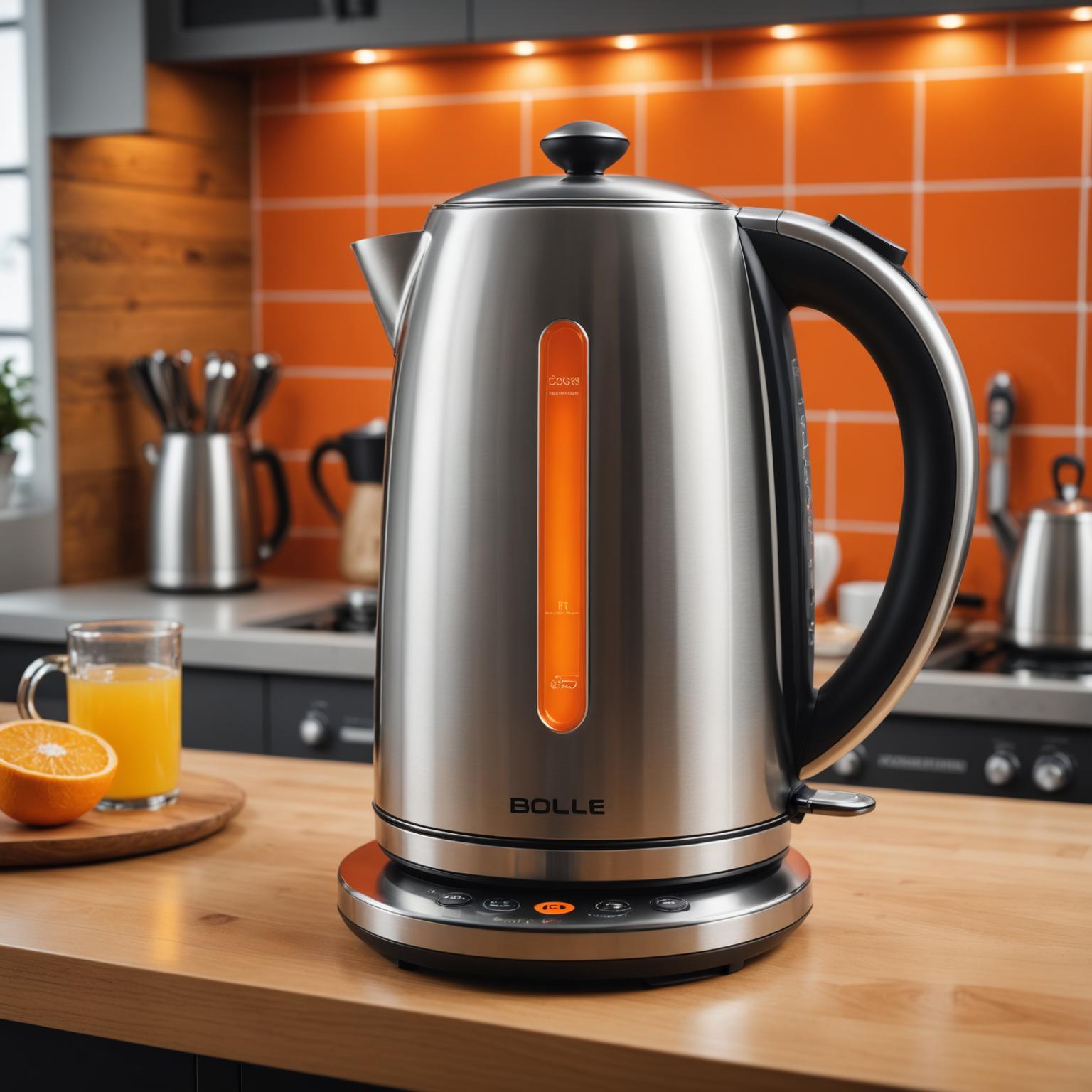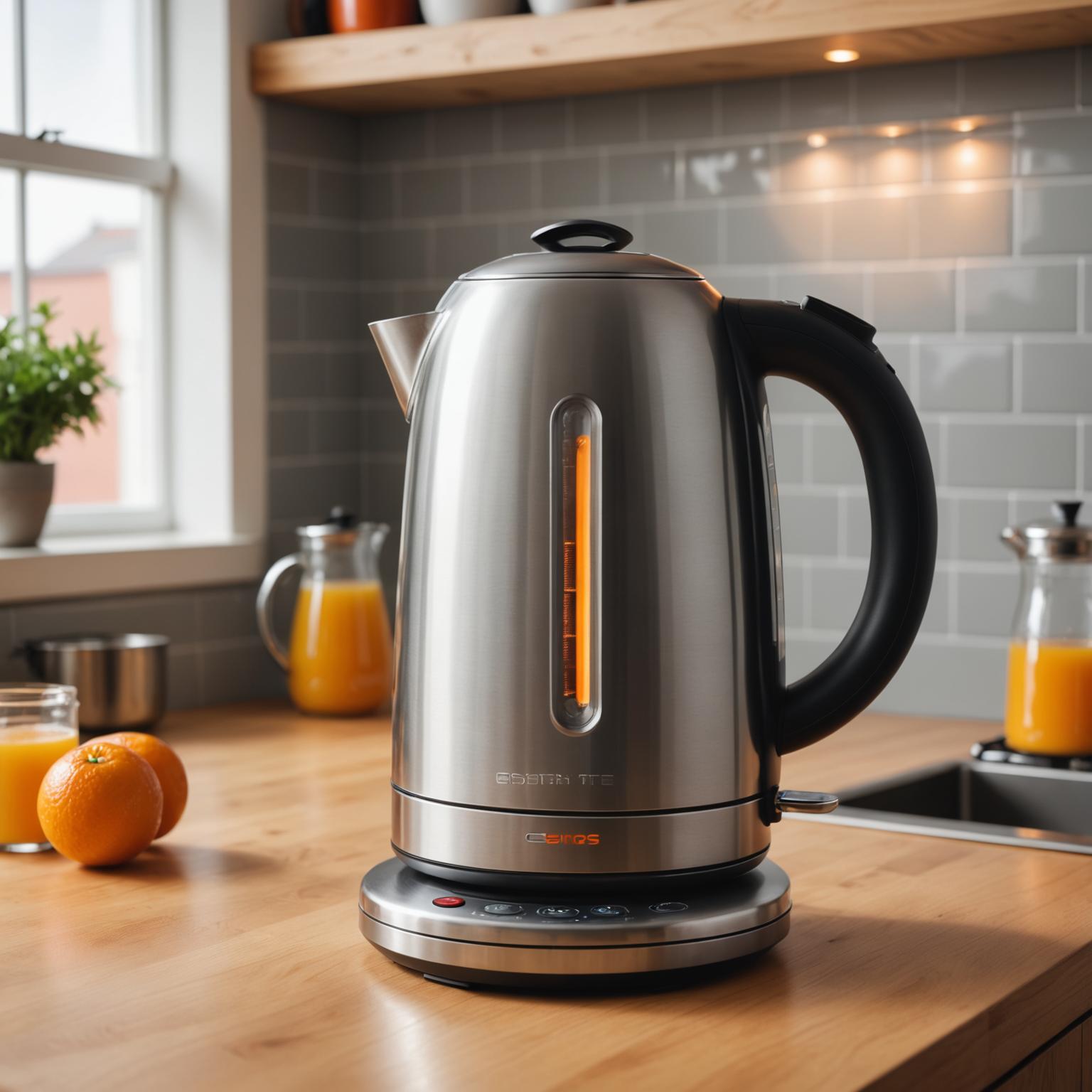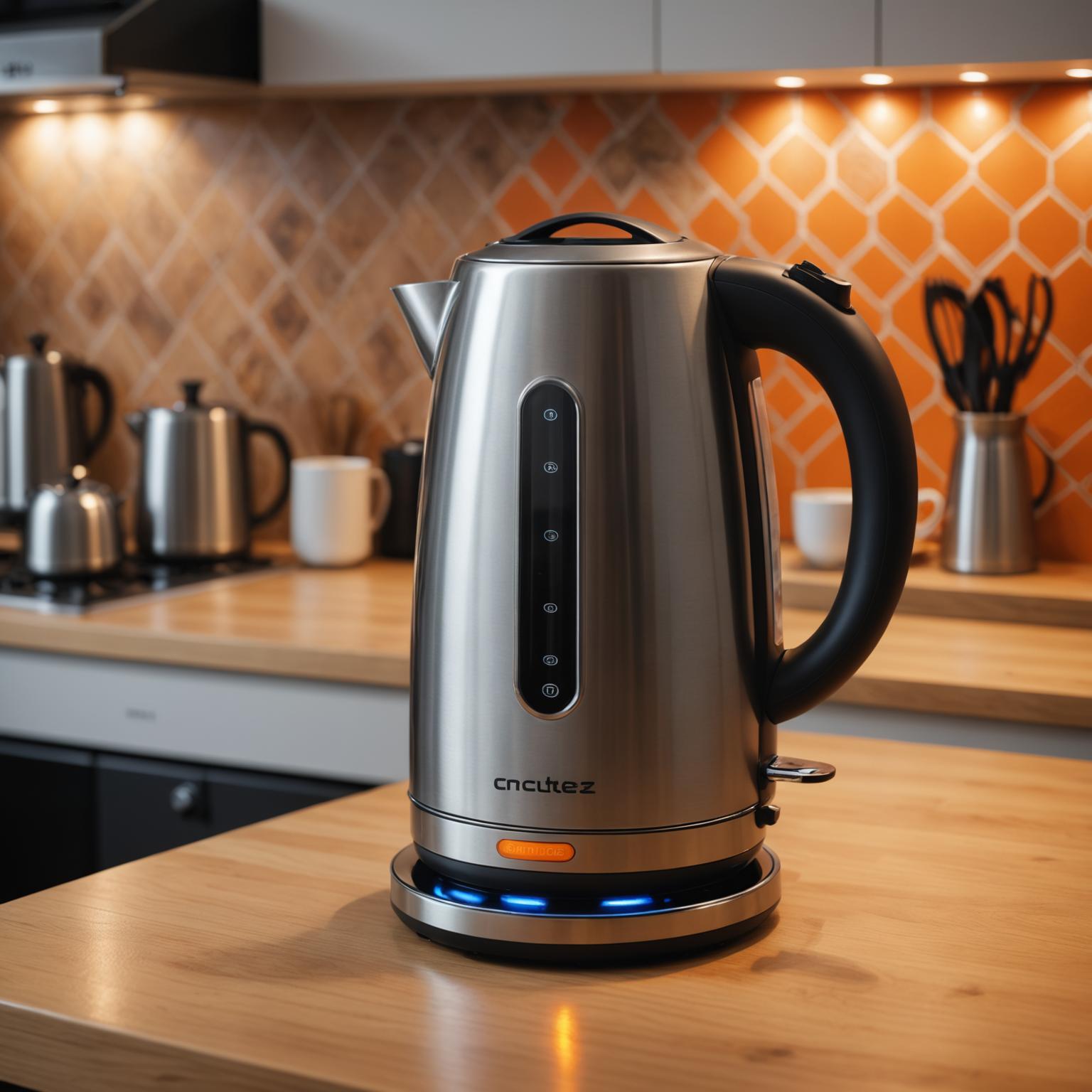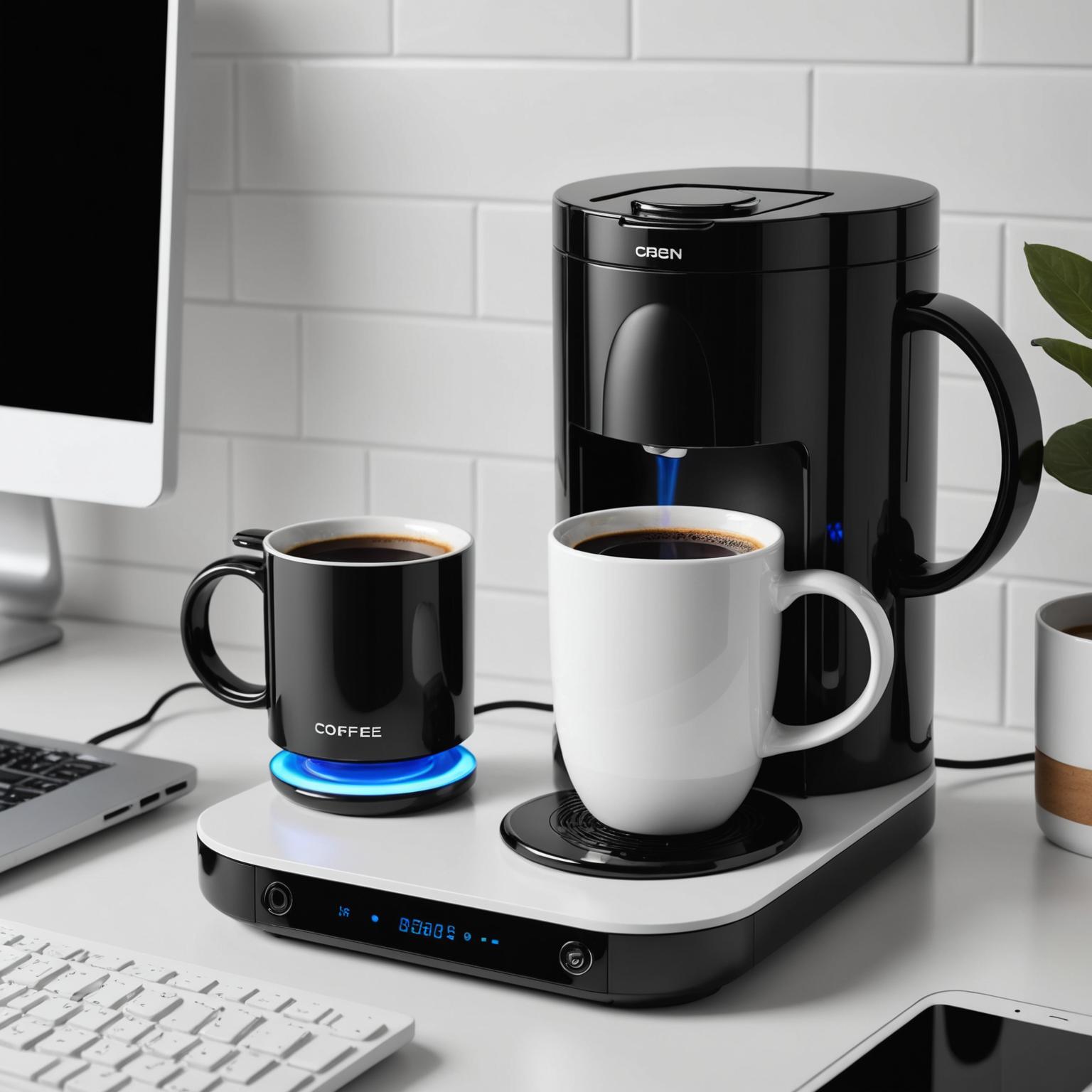Water Heater Element is an essential component in maintaining a reliable hot water supply for your home. Whether you're dealing with a malfunctioning unit or upgrading your system, understanding this key part can save you time and money. In this guide, we'll explore how to select, install, and maintain a water heater element, focusing on safety and efficiency to ensure your household runs smoothly.
Understanding Electric Water Heater Elements
Electric water heater element is the core mechanism that heats the water in your tank. These elements come in various types, such as the standard electric water heater element designed for quick heating or the water heater heating element that offers enhanced durability for residential use. When choosing one, consider factors like voltage compatibility and wattage to match your specific needs. For instance, a residential water heater element is ideal for everyday family demands, providing consistent performance without excessive energy consumption. It's important to select high-quality options from reputable manufacturers to avoid common issues like corrosion or failure.
Step-by-Step Guide to Installing a Water Heater Element
To install a water heater element, start by turning off the power supply at the circuit breaker to ensure safety. First, drain the water from the tank by attaching a hose to the drain valve and opening it. Next, remove the access panel and disconnect the wires from the old element using a screwdriver. Unscrew the element with a socket wrench, clean the threads, and apply a thin layer of sealant on the new one. Screw in the new water heater heating element securely, reconnect the wires, and replace the access panel. Finally, refill the tank, turn on the power, and test for leaks. This process, when done correctly, can extend the life of your water heater top element and improve overall efficiency. Remember, if you're using a product like those from GUARDONG WEBO TECHNOLOGY Co., LTD, which adheres to ISO 9001 and ISO 14001 standards, you're investing in certified reliability.
Ensuring Water Heater Element Safety
Water heater element safety should always be a priority to prevent accidents like electrical shocks or fires. Begin by inspecting the element regularly for signs of wear, such as rust or sediment buildup, which can affect performance. Install a temperature and pressure relief valve to handle excess pressure, and ensure that your electric water heater element is properly grounded. For residential water heater element setups, follow manufacturer guidelines and consider adding insulation to reduce energy loss. If you notice any unusual noises or inconsistent water temperatures, consult a professional immediately. Companies like GUARDONG WEBO TECHNOLOGY Co., LTD, with their VDE, TUV, UL, CE, and ROHS certifications, produce elements that incorporate advanced safety features, such as automatic shut-off mechanisms, making them a smart choice for peace of mind.
Troubleshooting and Maintenance Tips
Maintaining your water heater element involves routine checks to keep it in top condition. Start by flushing the tank annually to remove mineral deposits that can impair the water heater top element's efficiency. If you experience slow heating, it might indicate a faulty electric water heater element, so test it with a multimeter for continuity. Replace it if necessary, ensuring you select one compatible with your system's specifications. For long-term reliability, use high-quality elements from trusted sources like GUARDONG WEBO TECHNOLOGY Co., LTD, which boasts over 500 employees and a $40 million annual turnover, reflecting their commitment to excellence. By following these steps, you'll not only extend the lifespan of your water heater but also optimize energy use, potentially lowering your utility bills. Always prioritize safety and consult experts when in doubt to avoid common pitfalls.






